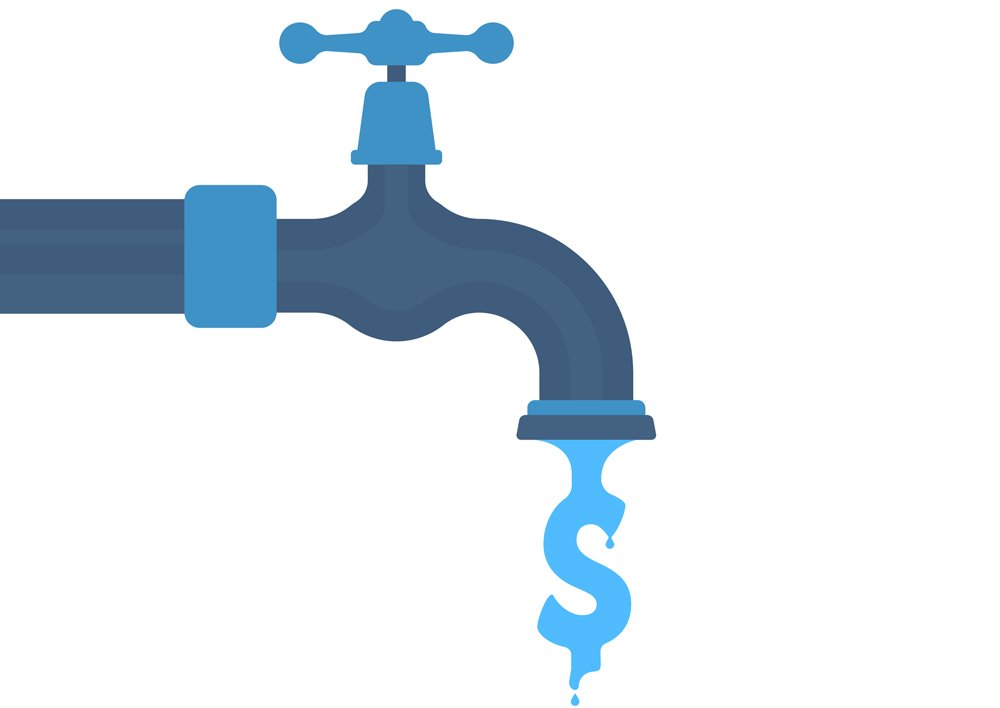Key Strategies to Save Money Through Smart Water Management
With rising prices in virtually every sector, the cost of operating a facility can be overwhelming. Facility managers across the nation are actively seeking ways to reduce costs and build efficiencies that will continue to deliver even after inflation recedes.
One of the best ways to reduce costs? Smart water management. For many facilities, inefficiency in the water system is leaking money every day — often, without management even realizing it’s happening. Implementing data-driven, water system solutions can help identify and reduce or eliminate these hidden costs.
Let’s take a closer look at the cost benefits of water conservation, a few cost-saving tips, and how to implement smart solutions at your facility.
Cost benefits of smarter water management
Water usage has countless impacts on a facility’s bottom line. The cost of water can vary depending on factors such as sourcing location, intended use, equipment involved, and more. But the one consistent truth is that water waste is costly, and water conservation can make a huge difference. Innovative water management helps boost your bottom line and benefits the environment simultaneously.
A few key areas where facilities should consider reducing water use and boosting cost savings include:
Sourcing and usage expenses: The most obvious way to reduce water costs is to reduce water use. Particularly if water costs are high in the area, even reducing water use by a small margin can significantly impact your budget.
Water storage investments: Using less water means less space needed to store it. By implementing water conservation strategies, you can opt for smaller, less expensive storage vessels that require less energy to maintain.
Discharge and disposal costs: By cutting the total amount of water used at your facility, you can significantly minimize discharge and disposal costs — especially those costs associated with exceeding permitted allowances.
Capital costs: By managing your water use, you can help preserve and extend the life cycle of your mechanical assets. Predictive analytics through your smart water management system can help reduce malfunctions and downtime, which in turn supports your overall cost structure.
Operational expenditures: Optimized, tighter water control can decrease overall operational costs. Smart water management can help measure water usage against targets, identify fluctuations, and reduce uncertainty.
A smart water management strategy can help identify inefficiencies and significantly decrease overall water costs.
Five ways to reduce costs through better water management
You’ve identified several areas that are prime candidates for water conservation. What’s the next step? These four steps will get you started.
Step 1: Implement simple techniques for conservation across your facility
Start by building a water conservation plan for your facility and developing training and education materials to inform and empower staff, customers, and visitors. Look for the “low-hanging fruit” where you can immediately begin conservation. These tasks might include:
Check for leaks and repair faucets and pipes.
Ensure water-intensive machinery operates efficiently.
Set water temperature to 112-120 degrees Fahrenheit to reduce wasted energy.
Turn off cooling units when not needed.
Step 2: Improve your data to drive preventive maintenance
Once you have a plan for reducing water use across your facility, be sure to set benchmarks and regularly assess your facility against them. A centralized data tracking system can help you visualize in real time if any of your processes or systems are failing. With aggregate data, you can easily see trends in your water, like spikes in usage at certain times or in specific areas.
Step 3: Use efficient landscaping practices
Landscaping is often the prime culprit for water waste. To reduce water waste from landscaping:
Install moisture sensors to avoid overwatering.
Ensure sprinklers are set up to only cover green spaces.
Irrigate only in the morning or evening when water is less likely to evaporate.
Use drought-tolerant plants.
Step 4: Leverage water recycling and reuse
Water recycling and reuse is an essential strategy for every facility. Specialized treatment skids can filter and disinfect harvested rainwater, greywater, foundation water, and stormwater, and process it for reuse in non-potable applications such as cooling towers, toilets, or irrigation.
Step 5: Implement a smart water management system
Water-efficient technologies are the best investment for long-term water conservation and cost savings. While you may need to spend more upfront, these technologies generally deliver a net cost benefit within the first year or two. Smart sensors and a unified data system provide increased visibility and control of your water use.
At Aquanomix, we’ve built a solution that provides comprehensive and transparent insights into your building’s water system, 24 hours a day. You can see the status of your water in real-time, including leaks, usage, and more. Key performance data monitors your facility’s water loops and helps your team conserve resources and save money.
To learn more about the cost benefits of smart water management, and how to tap into a flood of cost savings, see our next-generation water solutions.


